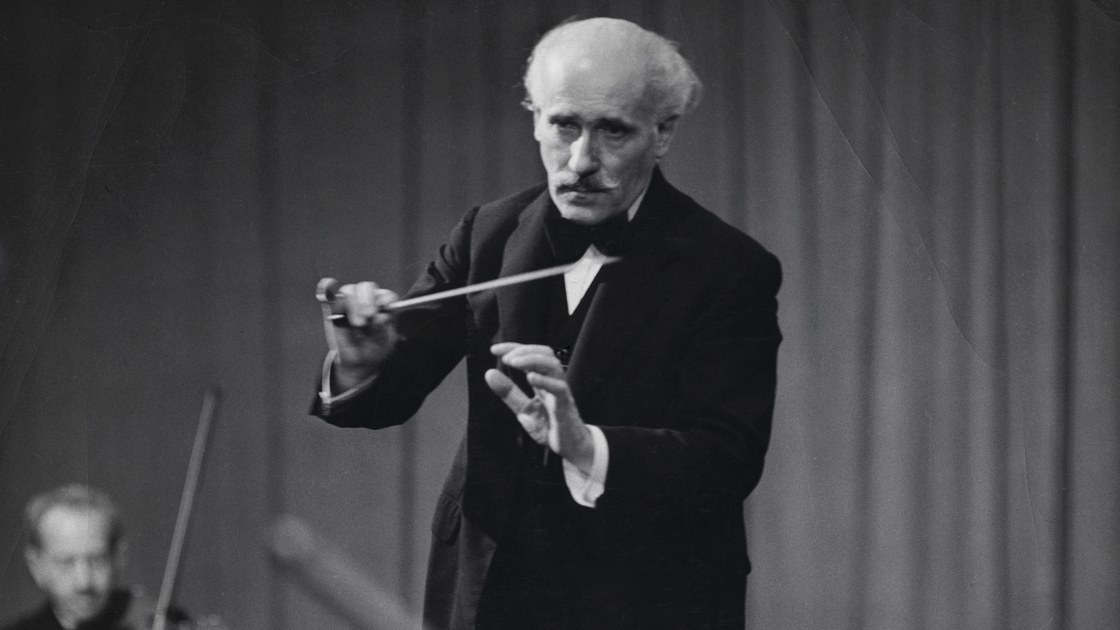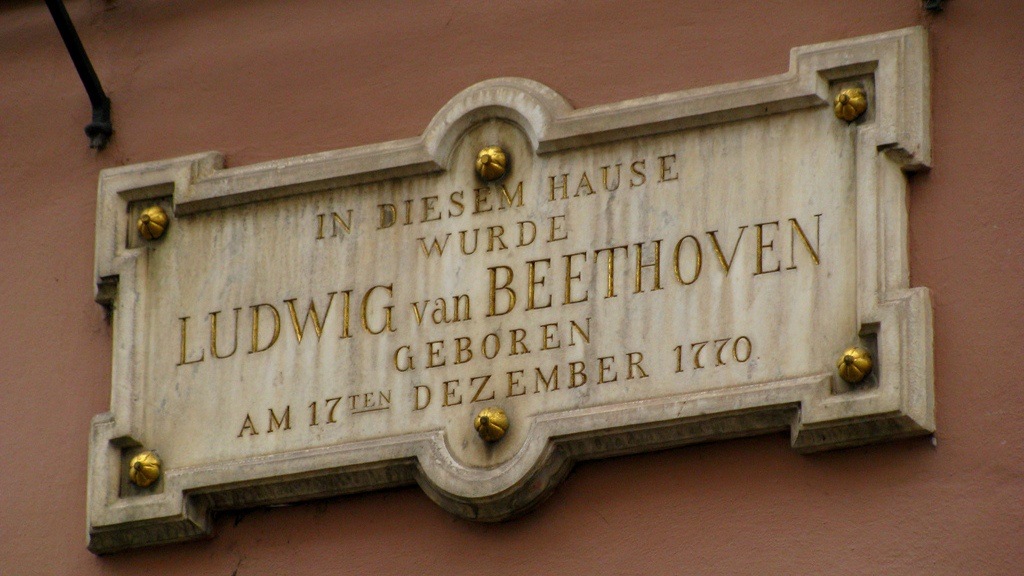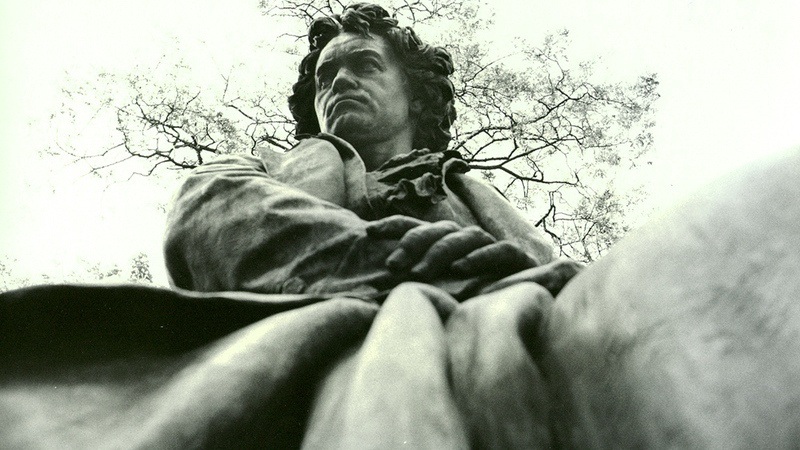Beethoven’s Second Symphony: Unleashing a Force of Nature
1802 was not a good year for Ludwig van Beethoven. It was around this time that the 31-year-old Beethoven disclosed the persistent deterioration of his hearing to a childhood friend. In a letter to Franz Wegeler, a physician, he wrote of his fear and humiliation: For almost two years I have ceased to attend any social functions, just because I find it impossible to say to people: I am deaf. In October …







